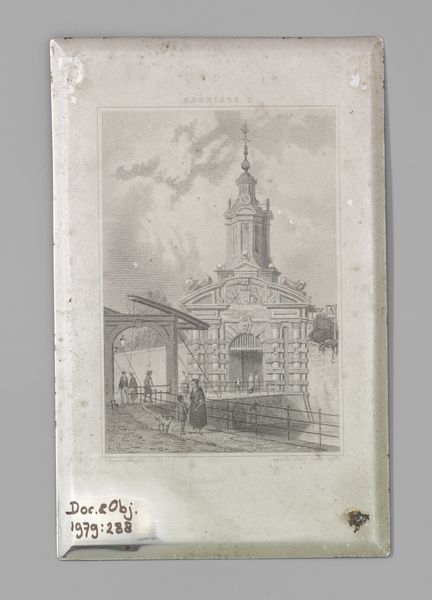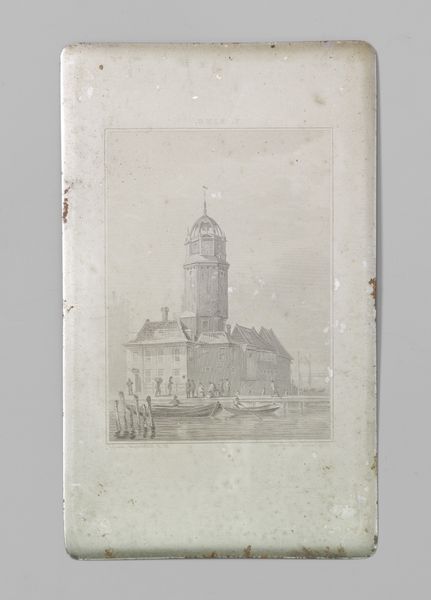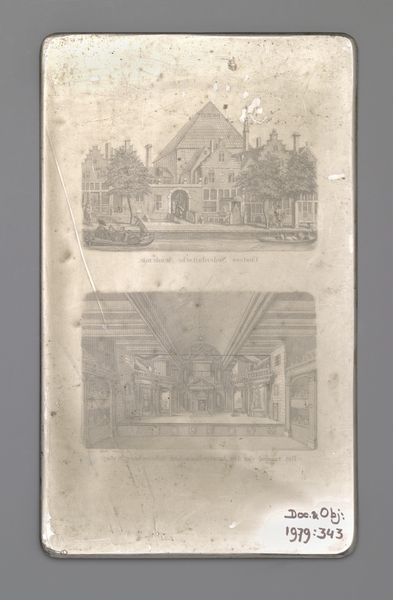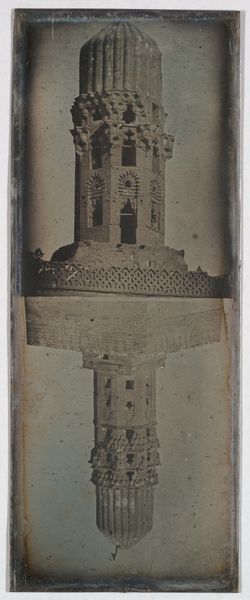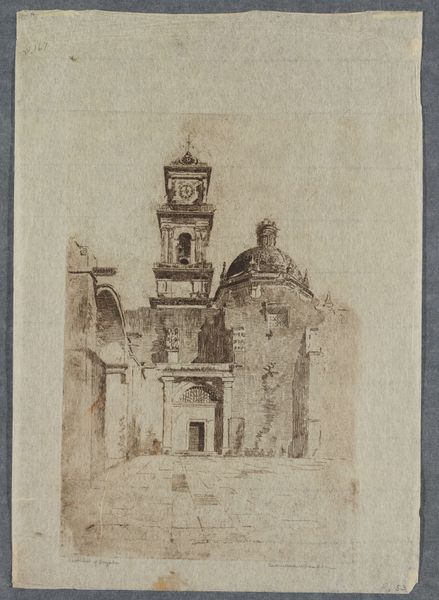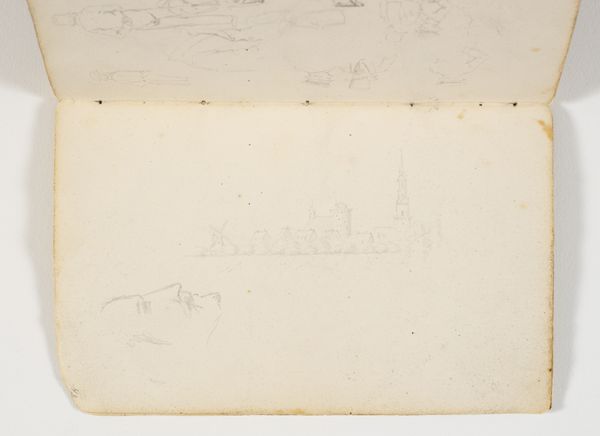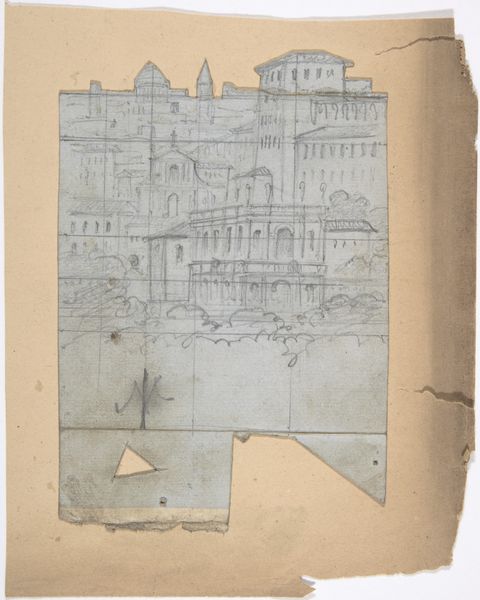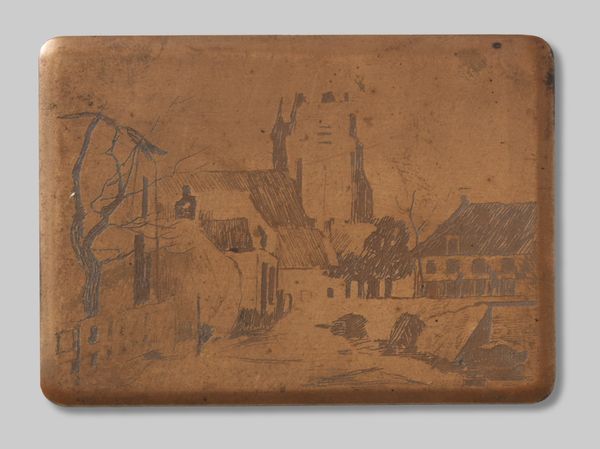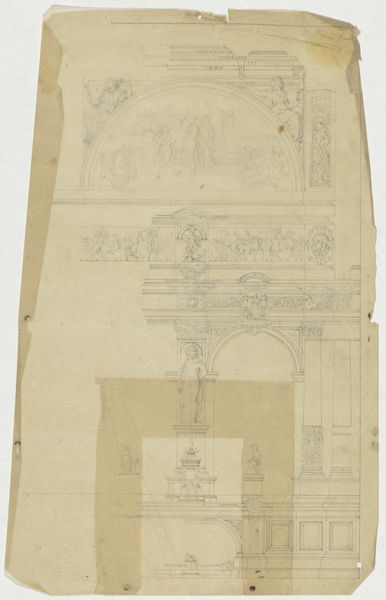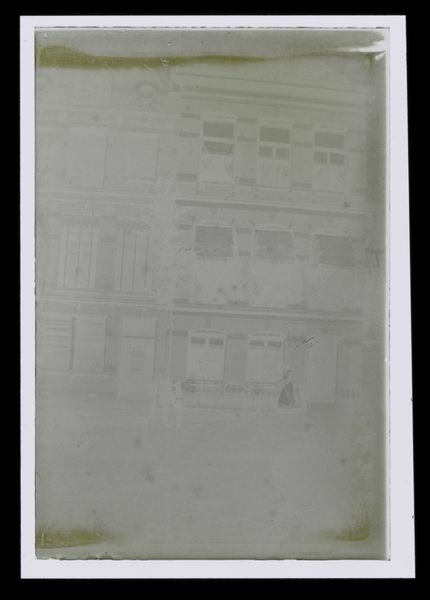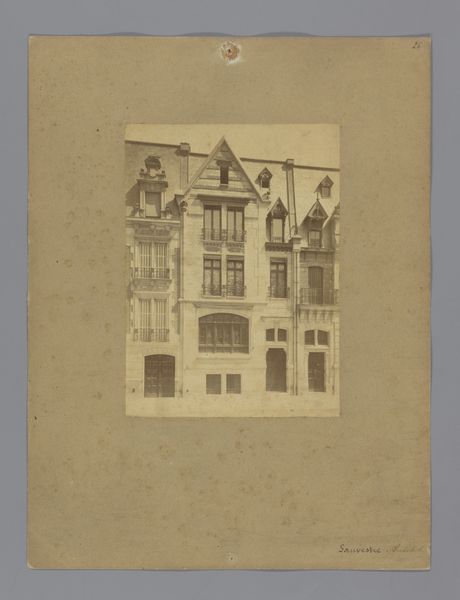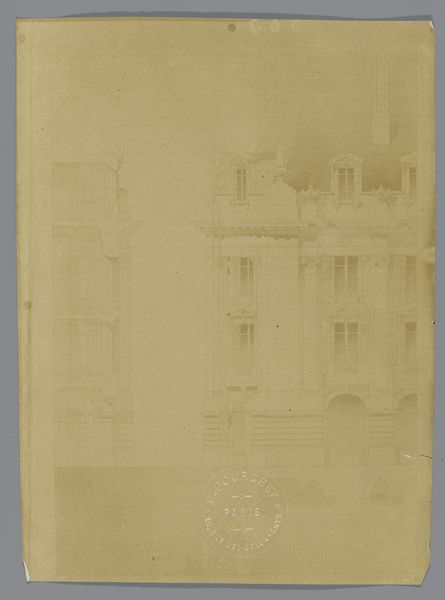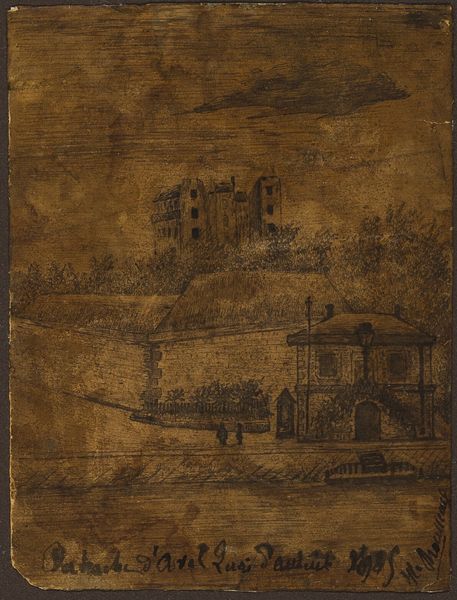
Gezicht op de Torenbrug met de Jan Rodenpoortstoren aan het Singel te Amsterdam c. 1822 - 1870
0:00
0:00
drawing, print, etching, paper, ink
#
drawing
# print
#
etching
#
paper
#
ink
#
romanticism
#
cityscape
#
genre-painting
#
history-painting
#
realism
Dimensions: height 168 mm, width 117 mm
Copyright: Rijks Museum: Open Domain
Curator: Good morning. We’re standing before “View of the Tower Bridge with the Jan Rodenpoort Tower on the Singel in Amsterdam,” an etching on paper and ink by Dirk Jurriaan Sluyter, dating roughly between 1822 and 1870. Editor: It has a quiet, melancholic air about it, wouldn't you say? The lines are so precise, almost sterile, and yet, there’s a strange depth created by the artist's calculated marks. Curator: Indeed. What strikes me first is the tension between realism and romanticism in Sluyter’s approach. On one hand, a meticulous depiction of the architecture, on the other, the hazy, almost dreamlike atmosphere. Amsterdam, as a bustling hub, is almost erased here by the image's stillness. We’re forced to confront the artist's technique as well, considering the composition's structure and tonal range within the city depiction. Editor: Exactly. This tower – and the meticulous linework, with those rigid lines going to make it all stand up - seems an anchor, almost daring you to ignore the socio-political context it has observed through those centuries. Do you think there is meaning beyond what is literally pictured? Or did Sluyter simply try to capture it how he saw it? Curator: I find it difficult to believe that there is not some commentary intended in an artwork depicting city life during the growth of both capitalism and Romanticism in art and letters. The very inclusion of ordinary people as subjects suggests his intention to create work of art that is not divorced from the concerns of ordinary life, a turn away from high art's perceived preoccupation with nobility, history, and mythological works. I imagine audiences of his time viewing this work, which, as a print, was relatively easily available. Would their relationship to city spaces be impacted by this perspective offered by the artist? Editor: That’s an excellent point. Considering the relatively wide distribution of prints at that time, one can definitely speculate about the potential of mass reception and perhaps Sluyter’s intention for ordinary folks to relate to his artworks and also the places depicted, even from the comfort of one's home! Well, it is interesting to think how much consideration an artist can place into making a picture for the everyman and yet also engage an academic discourse. Curator: Precisely, and it gives us so much to think about even today. Editor: It certainly does. What a fascinating intersection of skill, thought, history, and perception all within the quiet lines of this etching.
Comments
No comments
Be the first to comment and join the conversation on the ultimate creative platform.
